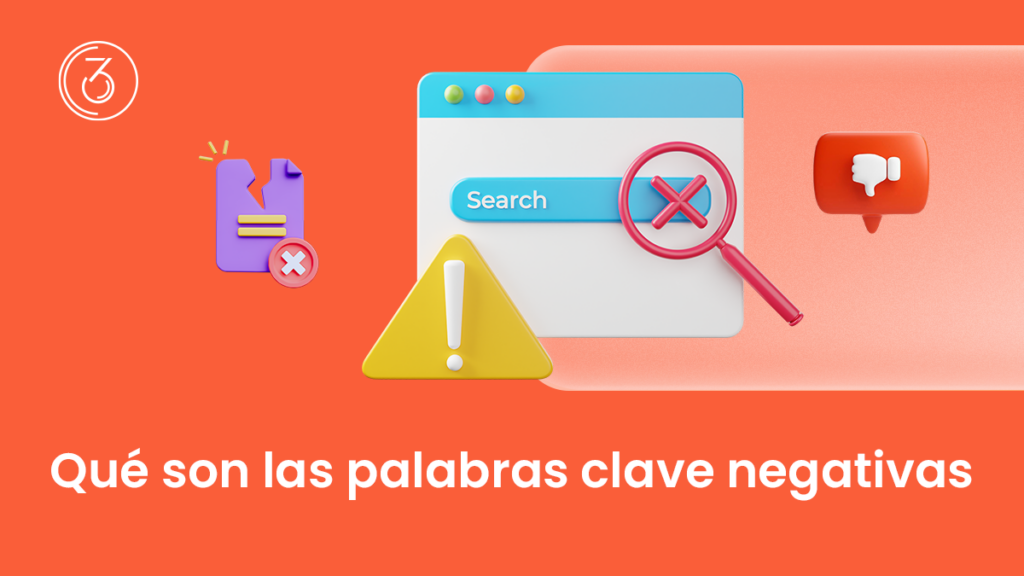
Negative keywords are terms that prevent a particular word or phrase from triggering an ad. This way, your ads won't be shown to anyone searching for that phrase.
How do negative keywords work?
Everytime you set up keywords negativas negative keywords in a campaign, you tell the advertising platform not to show your ads when a search includes those terms.
For expample:
If a retailer sells “running shoes,” it can use terms like “cheap” or “second hand” if it doesn’t offer those products. This way, ads won’t appear for users searching for “cheap running shoes” or “second hand running shoes.”
You might also want to include words like “birthday” or “wedding” as negative keywords if your focus is exclusively on business events. This ensures that your advertising resources aren’t wasted on audiences who aren’t looking for your services.
What are its advantages?
- Better segmentation: They help you target your audience exclusively, eliminating users who are unlikely to convert.
- Budget Improvement: By avoiding irrelevant clicks, unnecessary expenses in the advertising campaign are reduced.
- Performance Improvement: By focusing impressions on relevant searches, click-through rate (CTR) and conversions are increased.
- Time Optimization: Reduce the need to analyze unnecessary metrics derived from irrelevant searches.
How to select negative keywords
- Analyze search terms: Use analytics tools to identify queries that trigger your ads but don't generate valuable results.
- Review historical data: Examine previous campaigns to identify patterns of irrelevant terms.
- Use automatized tools Google Ads is free to use.

Sigue leyendo:


¿Qué es SEO? La clave del posicionamiento en buscadores


